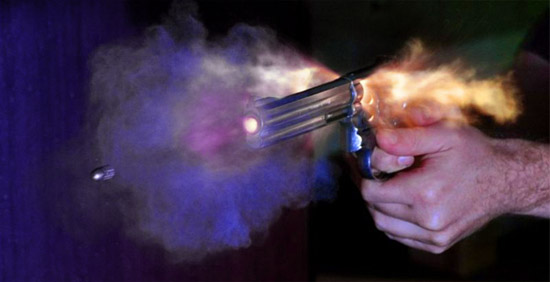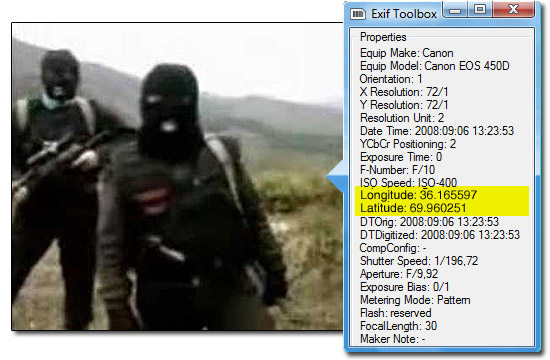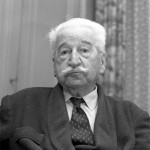We all know that criminals aren’t always that bright. Sometimes they like to record themselves or take memento photos during the commission of a crime to glorify their achievement. What they are unaware of is that many modern digital cameras and smartphones also record metadata such as information about their camera, the camera settings, location, date and time the image was captured. This metadata can obviously be invaluable to investigators if they are able to track down criminals by identifying when and where a photo was taken, and which device captured the moment.
Monthly Archives: August 2012
Eyewitness Misidentification
 If you were the victim of a crime, how good of an eyewitness do you think you would be? Would you be to identify the perpetrator(s)? Would you be able to remember what they were wearing? What color was their pants or shirt, were they wearing a hat? What did they look like… how tall were they, did they have any facial hair, what color were their eyes, hair, and skin tone. Continue reading
If you were the victim of a crime, how good of an eyewitness do you think you would be? Would you be to identify the perpetrator(s)? Would you be able to remember what they were wearing? What color was their pants or shirt, were they wearing a hat? What did they look like… how tall were they, did they have any facial hair, what color were their eyes, hair, and skin tone. Continue reading
Dr. Edmond Locard
Dr. Edmond Locard (13 December 1877 – 4 May 1966) was a pioneer in forensic science and his contributions to the field have proved invaluable. Locard was one of the founders of the International Academy of Criminalistics and he has published over 40 books and articles in French, English, German and Spanish. Continue reading
Locard’s Exchange Principle
Locard’s exchange principle is a concept that was developed by Dr. Edmond Locard (1877-1966). Locard speculated that every time you make contact with another person, place, or thing, it results in an exchange of physical materials. He believed that no matter where a criminal goes or what a criminal does, by coming into contact with things, a criminal can leave all sorts of evidence, including DNA, fingerprints, footprints, hair, skin cells, blood, bodily fluids, pieces of clothing, fibers and more. At the same time, they will also take something away from the scene with them. Continue reading
What is Ballistics?

Niels Noordhoek – Ultra-high speed photo of bullet coming out of a S&W revolver photographed with an air-gap flash
Ballistics involves the analysis of bullets and bullet impacts to determine information of use to a court or other part of a legal system. Forensic firearms examiners are trained to examine and analyze weapons, bullets, ballistics and how a bullet has behaved after being fired from a gun. Continue reading


